Chiara Calufetti-Lim, Associate Vice President & Senior Project Designer, WATG Singapore, in collaboration with the WATG Global Strategy team, talked to TravelDailyNews Asia-Pacific about new technologies implemented in the architecture and design and thw evolving of conventional building methods.
TravelDailyNews: Why did Marriott International decide to bring the Courtyard brand into Singapore? Which are the latest trends in hotel architecture and design?
Chiara Calufetti-Lim: Hotels will draw more and more on their surroundings for design inspiration, to capture the guest’s attention and imagination so they return. There needs to be an element of awe, surprise and the sought after ‘Instagram moment’.
Lobby design is evolving, lobbies and public spaces in general are now transitional areas that need to be approached and designed in a flexible way. We are seeing less formal front desks and more laid-back tablet check-in options. Lobbies, especially in the urban sector are having to get creative with space, with many becoming an extension of the f&b offering, aiming to move guests out of their rooms and into vibrant, welcoming communal spaces. Spaces to grab a coffee, meet with clients / friends and connect with the local environment.
TDN: What differences do you see in these trends between various continents or countries, for example, Southeast Asia, China, Europe Latin America, or others?
C.C-L.: In the luxury resort sector, especially in Asia, space is premium, and guests still require a full-service five-star experience. Whereas in America and Europe, in the urban sector the focus is on location, with smaller room sizes and emphasis on communal areas.
Each project is unique, and the way people travel is different in every global region. Ie. Family/multi-generational travel, but in general, consumers are craving a sense of place and an authentic local experience and hotel design has evolved to emphasise the local setting and culture.
TDN: One of the reasons the consumers went to Airbnb type of accommodation, apart from the cost, was also the need for a local experience. How should the hotel industry respond to this need of the contemporary travellers?
C.C-L.: Most operators are already adapting their philosophy in acknowledgement of shifting consumer preferences. The great thing about our industry is the rate of innovation. With disrupters such as Airbnb – and dynamic independent entrants to the market – If you’re standing still, you’re moving backwards.
The hotel industry needs to work to improve the ease of instant bookings via mobile devices. Platforms such as booking.com thrive from their perceived ease of use and the transparency of pricing and consumer reviews. Furthermore, ‘mash-ups’ with local operators of lifestyle concepts in the fitness, wellness, f&b realm are likely to become more prevalent.
TDN: What kind of new technologies can be implemented in the architecture and design of a newly build hotel in order to save energy, be more environmental friendly and reduce a hotel’s carbon footprint?
C.C-L.: Sustainability and discovering green ways to enhance a design is integral to the enduring success of a design. We must stay ahead of the curve regarding new construction techniques, and landscape design innovations will help us deliver low-impact, yet beautiful hotels. Water usage is a big issue in hospitality, green initiatives such as rainwater harvesting, and designing the landscape to use only recycled water, can help limit the amount of excess water used. Hotel operators can also adopt more sustainable practices such as educating guests on their water usage and discounting guests who use less water than expected.
TDN: What do Millennials look for in accommodation?
C.C-L.: There is a danger of patronising consumers through the generalisation of demographic traits. We are seeing growing demand for hyper-localisation in product and service, the creation of stand-out public spaces that draw an aspirational local crowd, informality of service and, of course, omnipresent tech. However, such expectations are increasingly age-agnostic. Whether Gen Y or boomer, we are all members of the experience economy foregoing the generic in search of authentic, or ‘instagrammable’ moments.
TDN: Which are the new innovations, new challenges, the new records to break, in hotel architecture and design?
C.C-L.: The constant challenge we face as designers is providing something new, and something different every time. Consumers want to be surprised every time they visit a property, designers need to take this into account and start planning flexible spaces that can be updated depending on season.
Conventional building methods are beginning to evolve and be improved through innovative new technology and software applications i.e. 3D printing, REVIT, etc. helping us design and visualise new hotel experiences, pushing the way the we design into a whole new world.
 Chiara Calufetti-Lim brings nearly 25 years of architectural experience to the team. Her project expertise includes urban planning, master planning, high-end and multi-family residential, retail, and renovation work. Chiara’s skills in producing successful hospitality and leisure projects makes her an asset to every team. Her global expertise spans three continents and includes many areas of architectural design including concept, schematic design, construction documents, permitting, design coordination, and construction administration. Her skill set also includes branding, interior remodeling, historic renovation, and knowledge of sustainability as a LEED Professional. Chiara’s energy and vibrance is exuded in her work and she takes every opportunity to explore new ideas with her team. She is a teacher as well as a student and continues to build upon her skill sets and also pass on her knowledge to WATG young designers. Since joining WATG in 2008, Chiara has been the Senior Designer on a number of high profile projects including The Ritz-Carlton Reserve, Maldives and the Sofitel Nusa Dua Beach Resort which opened at the end of 2013 to host the APEC Conferences. More recently she has been working on the Crimson Resort Boracay which will open in 2017.
Chiara Calufetti-Lim brings nearly 25 years of architectural experience to the team. Her project expertise includes urban planning, master planning, high-end and multi-family residential, retail, and renovation work. Chiara’s skills in producing successful hospitality and leisure projects makes her an asset to every team. Her global expertise spans three continents and includes many areas of architectural design including concept, schematic design, construction documents, permitting, design coordination, and construction administration. Her skill set also includes branding, interior remodeling, historic renovation, and knowledge of sustainability as a LEED Professional. Chiara’s energy and vibrance is exuded in her work and she takes every opportunity to explore new ideas with her team. She is a teacher as well as a student and continues to build upon her skill sets and also pass on her knowledge to WATG young designers. Since joining WATG in 2008, Chiara has been the Senior Designer on a number of high profile projects including The Ritz-Carlton Reserve, Maldives and the Sofitel Nusa Dua Beach Resort which opened at the end of 2013 to host the APEC Conferences. More recently she has been working on the Crimson Resort Boracay which will open in 2017.
WATG is one of the world’s leading integrated design firms and ranked as 2nd in the world among hotel architectural firms. WATG’s interior design firm, Wimberly Interiors, was ranked 10th by Interior Design Magazine in their 2016 Hospitality Giants survey. In 2016, WATG and Wimberly Interiors designed over 200 projects in 46 countries on six continents on behalf of distinguished brands such as Disney, St. Regis, Rosewood, Fairmont, Belmond, W Hotels, Nobu, Viceroy, Atlantis, Hard Rock, Ritz-Carlton and Four Seasons. Since the firm’s inception in Hawaii in 1945, WATG has grown to offer integrated design services comprising strategy, planning, architecture, landscape, and interiors for urban, tourism and resort destinations. WATG and Wimberly Interiors have offices in Irvine, Beverly Hills, Seattle, Chicago, New York, London, Miami, Istanbul, Dubai, Singapore, Shanghai and Honolulu, and are best known for creating internationally acclaimed destinations in 160 countries across six continents. WATG’s projects are renowned not only for their design and sense of place but also for their bottom-line success.
TravelDailyNews Asia-Pacific editorial team has an experience of over 35 years in B2B travel journalism as well as in tourism & hospitality marketing and communications.



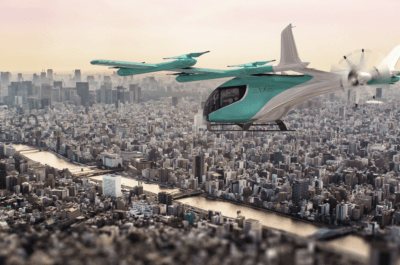
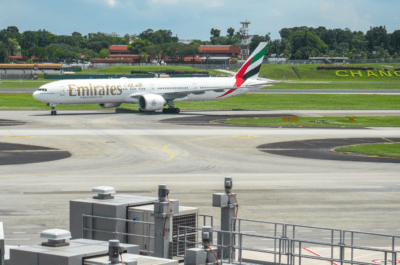
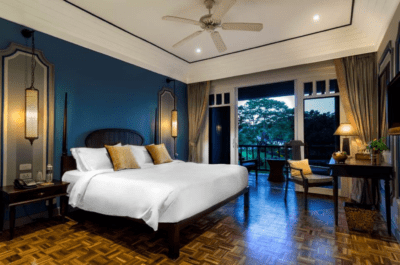
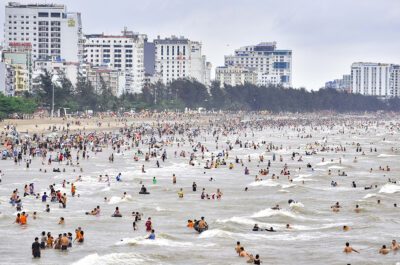


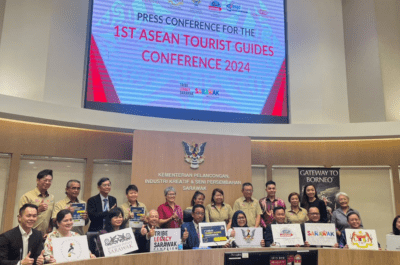
















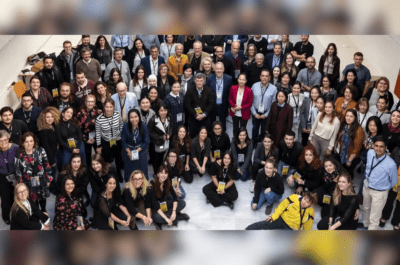
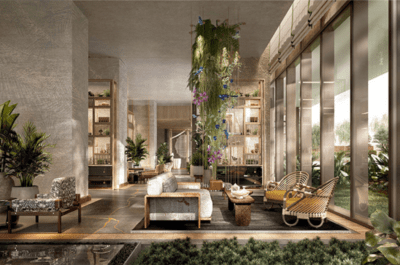





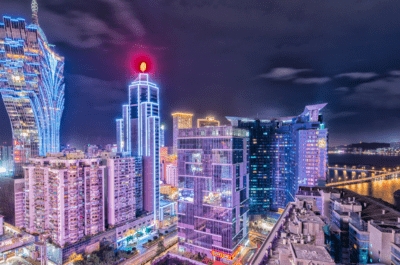
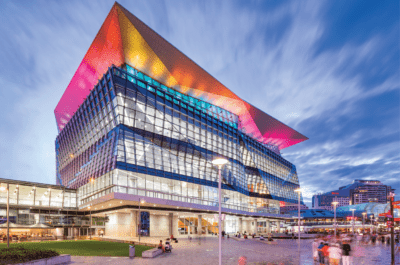

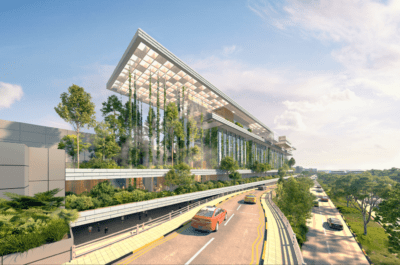

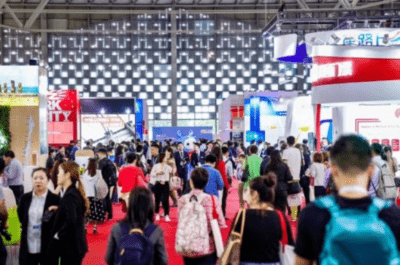


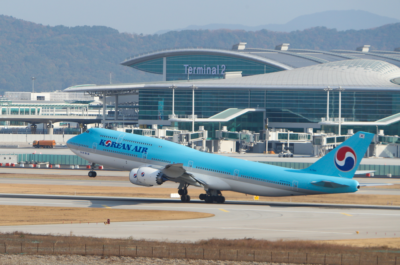
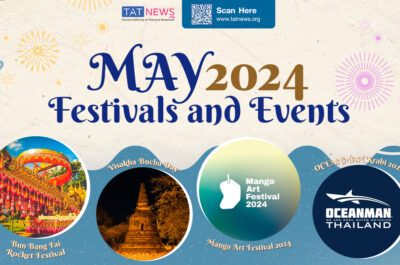



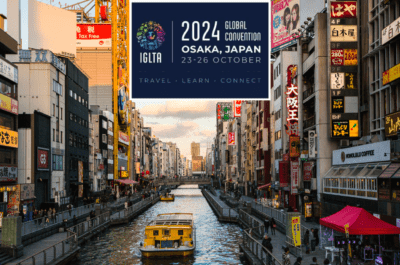



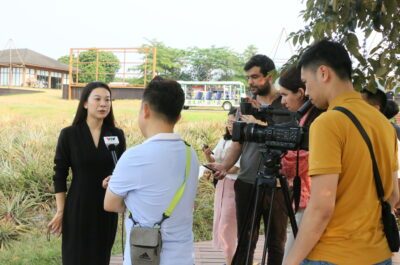
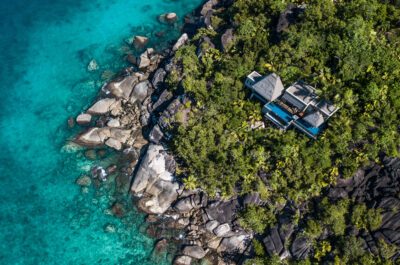

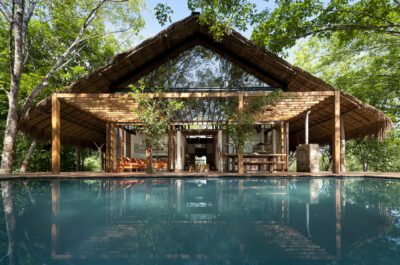



![[PR] PR_Ascott and Vimut Hospital_2024](https://www.traveldailynews.asia/wp-content/uploads/2024/04/PR-PR_Ascott-and-Vimut-Hospital_2024-400x265.jpg)







